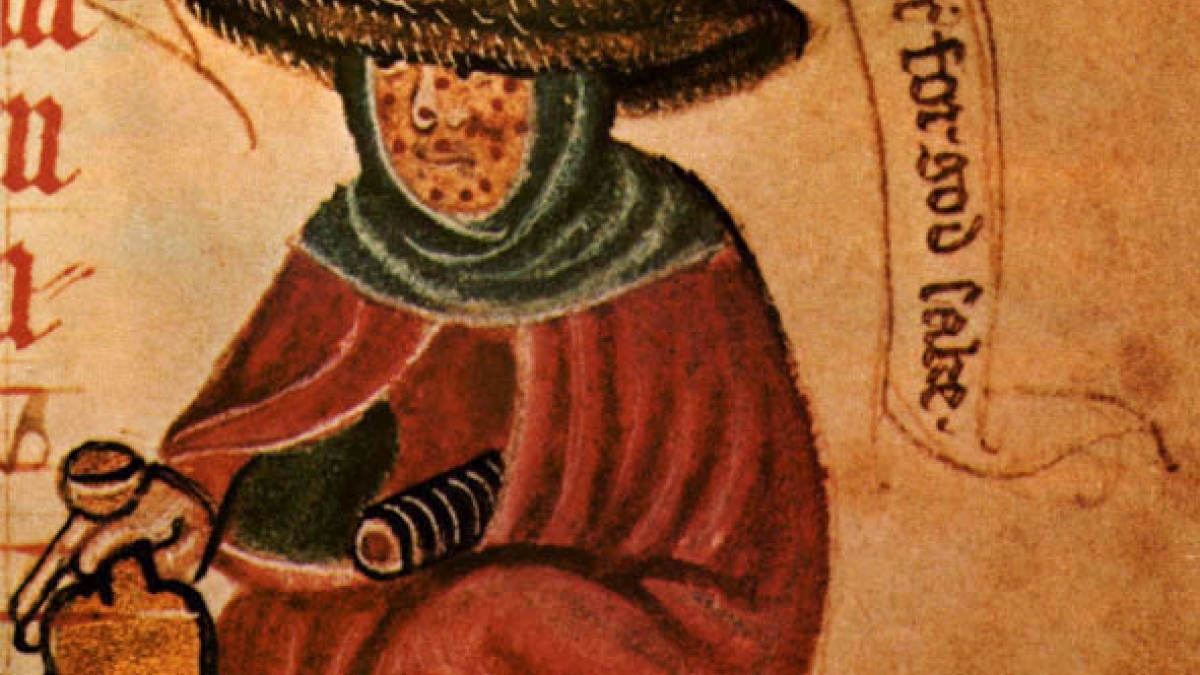Humanities symposium to examine social implications of disease

The modern image of the medieval leper — disfigured, deeply feared and socially outcast — has not only become the popular metaphor for social exclusion but also influenced our larger understanding of the disease. Yet recent research has revealed temporal and regional variation in the social response to leprosy.
“The Social Stigma of Disease: The Archaeology and Bioarchaeology of Leprosy,” a research symposium presented by the Institute for Humanities Research, will take place held from 9 a.m. to 5 p.m., Dec. 2, at University Club on ASU’s Tempe campus. This event is free and open to the public. For more information on the symposium schedule, visit http://ihr.asu.edu/news-events/events/social-stigma-disease-leprosy-symposium.
This symposium explores the social stigmatization of disease by considering the long-term history of leprosy: from the origins of the pathogen Mycobacterium leprae to the foundation of leprosaria in late medieval Europe to the creation of leper colonies in the 19th and 20th centuries.
“One of my larger research questions is the social construction of disease and disability, which I investigate through a case study of leprosy and leper hospitals in late medieval Ireland,” says Rachel Scott, assistant professor in ASU’s School of Human Evolution and Social Change and IHR Fellow.
Along with Scott, the panel of speakers includes Gillian Crane-Kramer from SUNY Plattsburgh, James Flexner from Washington and Lee University, Diana French from University of British Columbia, Luz-Andrea Pfister from Arizona State University, and Charlotte Roberts from Durham University.
“I’m very excited to bring these particular scholars to ASU because they are interested in similar research questions but focus on different aspects of medieval leprosy or on other time periods or regions,” says Scott. “Thus, as a group, the scholars participating in this symposium offer a broader perspective both on leprosy and on the social stigma of disease.”
Archaeological and bioarchaeological research on leprosy are important in part because the disease and its associated social stigma, though less prevalent, do still exist today.
“Examining the long-term history of leprosy provides a better understanding of how and why certain diseases acquire negative social meaning,” says Scott. “Many scholars have made the comparison between medieval leprosy and modern HIV/AIDS, with the hope that research on leprosy in earlier time periods will help us recognize and address the stigmatization of disease in our own society.”
The IHR Fellows Programs bring together ASU faculty and visiting scholars to pursue research and writing in an environment designed to be stimulating and supportive. Fellows contribute to the general enrichment of humanities scholarship by attending seminars and holding public events related to their research topics.
The Institute for Humanities Research in ASU’s College of Liberal Arts and Sciences was established in 2005. It has taken the lead in promoting excellence and innovation in humanities scholarship by contributing to scholarly research that addresses socially significant issues and engaging the community. More information is available at http://ihr.asu.edu or 480-965-3000.